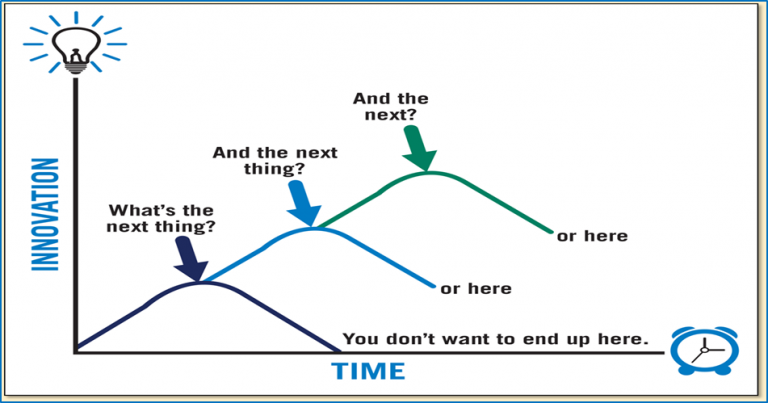Employee Engagement – The Heart of Corporate Health
What is it that keeps employees engaged and committed to working in and contributing to the growth and strength of an organization? While we all want the obvious job enticements, such as a pleasant environment, good salary, benefits, and challenging work, most of us are driven by something deeper— a sense of purpose, of making a difference. “When people understand the impact of their efforts, it makes the work much more meaningful and it keeps people engaged,” writes Ben Travis, describing eight influential employee engagement trends for 2019. Travis, the marketing manager of Bonusly (https://bonus.ly) an organization founded in in 2012 to help companies foster supportive environments and shared purpose, described employee engagement as “one of the most important differentiators for organizations in 2019, and it’s an issue that nearly every organizational leader has thought about recently.” The goal is to create a culture where employees develop an emotional commitment to their role, their organization, and the people impacted by their work resulting in strong employee retention and productivity.
Now for the bad news. “Nonprofits trail nearly every other sector in (employee) engagement,” reports Sean Norris in his blog at NonProfit PRO. We come in third behind healthcare and public administration, according to a 2011 survey of non-profit organizations, such as American Cancer Society, Boys and Girls Clubs of America, and others, conducted by Opportunity Knocks. Employees who work in human service nonprofits are often paid less than the private marketplace and deal with clients who are in difficult situations. They suffer burnout or disengagement and, ultimately, they have higher rates of turnover.
So what can we do about this? Lindsay Crossland in a 2018 article entitled Five Ways Nonprofits Can Increase Employee Engagement published in Forbes Nonprofit Council suggests that one of the most effective ways is to make individuals more aware of how important they are. “Show the database manager how she’s helping shelter people at night. Help the accounting clerk realize how he’s making it possible for disadvantaged children to go to college. Make sure that the receptionist hears the stories of people whose lives are changed because of the work we do. Without the full workforce behind the cause, there would be no staff to administer programs and no money to fund the opportunities.”
Getting our staff engaged is not simply about employee satisfaction. True employee engagement rarely just happens. It takes a group of dedicated leaders to ensure the engagement of staff. It takes over the top communication–making sure that the employees are informed and excited about our mission. As Crossland points out, “If you can get the people behind the scenes as engaged in sharing your story as your fundraising team, think about the possibilities that would create not only for brand awareness, but job satisfaction.”
In her social impact blog, Suzanne Smith claims that “one of the biggest drivers of recruitment to the social sector is passion for the work, but the biggest driver of retention is enjoyment. Employees want to know what they do makes a difference to your clients and communities. They need to feel a sense of purpose.”
As Ben Travis points out, “Employee recognition is the open acknowledgement and expressed appreciation for an employee’s contributions to their organization, and it’s one of the fastest-growing trends related to employee engagement.”

